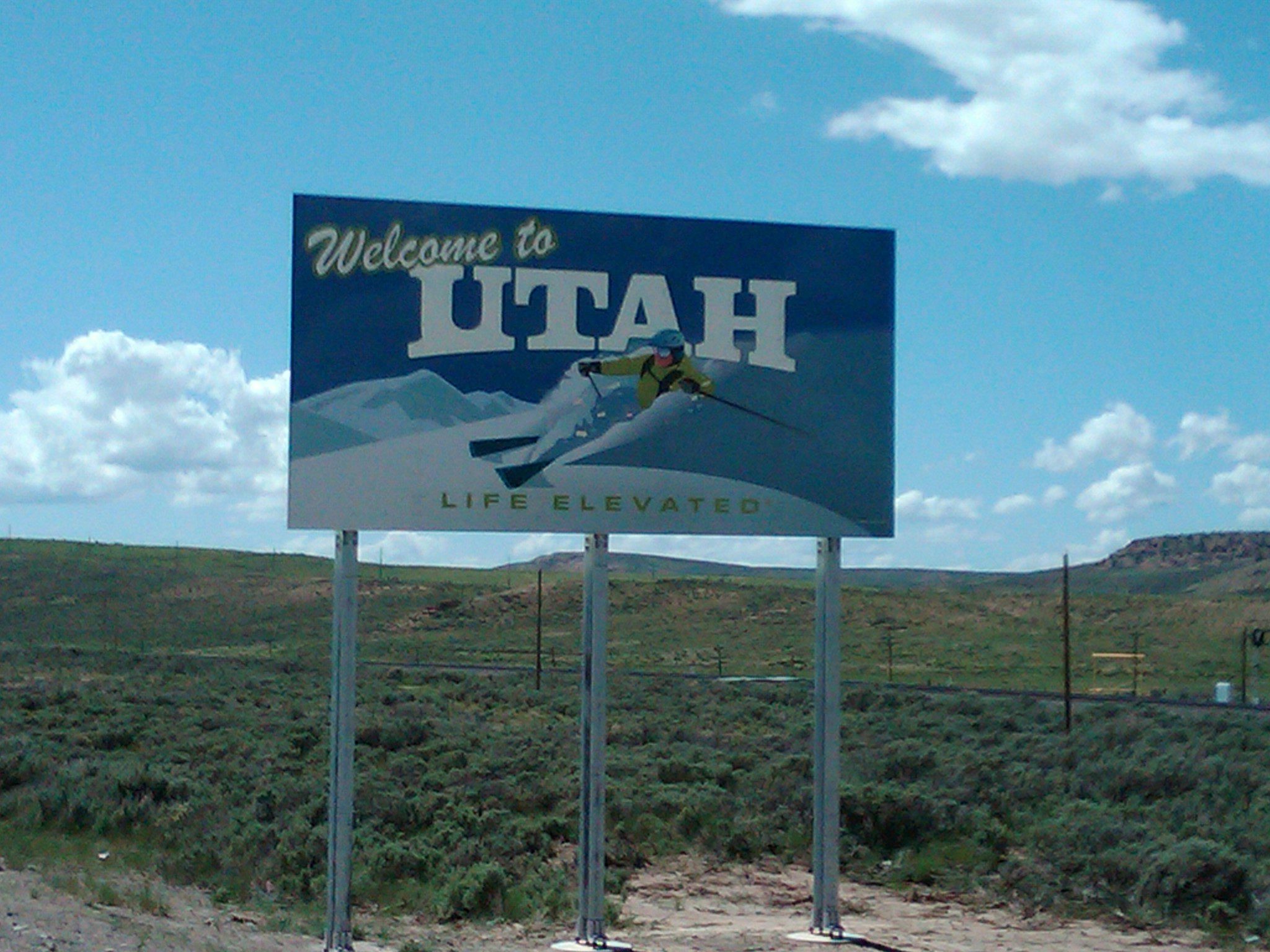August 18, 2023 — The State of Utah issued its water conditions update on Monday, noting that the reservoir levels are much healthier than last year, thanks to a great winter. Nonetheless, the state encourages its residents to continue conserving water.
on Monday, noting that the reservoir levels are much healthier than last year, thanks to a great winter. Nonetheless, the state encourages its residents to continue conserving water.
Reservoirs Crucial Amid Heat Waves.
Utah’s reservoirs have become essential resources as the state experiences another heat wave, supporting the needs of residents, agriculture, and municipalities. Water reserves have become crucial, and adopting a waterwise approach is vital for sustainability during the upcoming dry years.
Director of the Division of Water Resources, Candice Hasenyager , commended the state’s water managers for their exceptional efforts in starting the irrigation season with reservoirs at full capacity. She noted that the release of water from the reservoirs before the irrigation season enabled the state to capture water from this year’s record-breaking snowpack.
, commended the state’s water managers for their exceptional efforts in starting the irrigation season with reservoirs at full capacity. She noted that the release of water from the reservoirs before the irrigation season enabled the state to capture water from this year’s record-breaking snowpack.
Improved Precipitation and Runoff.
Recent data from the Natural Resources Conservation Service revealed that Utah has received 138% of its typical precipitation, a marked improvement from last year when precipitation was slightly below average. Soil moisture, fueled by the record snowpack, played a significant role in making the state’s runoff efficient. Little runoff seeped into the soil, instead refilling streams, rivers, lakes, and reservoirs.
Reservoir Storage Levels and Management.
At present, statewide reservoir storage stands at 81%, significantly higher than last year’s 50% at this time. For context, the average storage level for this period is around 64%. The exceptional progress in reservoir levels can be credited to diligent water management practices, bolstered by an unprecedented snowpack.
Great Salt Lake Update.
The levels of the Great Salt Lake peaked at an elevation of 4194.0 on June 19 and 20, around 5.5 feet above the record-low set last November. The lake’s salinity has returned to favorable levels. As inflows decrease and temperatures rise, the lake is expected to decline until October, when cooler temperatures and precipitation increase.
Hasenyager emphasized the importance of effective water management practices after this year’s record-breaking winter. She said , “By embracing sustainable measures and remaining vigilant, we can continue to secure a resilient water supply.”
, “By embracing sustainable measures and remaining vigilant, we can continue to secure a resilient water supply.”
Effects of Heat on Reservoirs.
Heat can affect reservoirs in several ways:
- Increased evaporation: Higher temperatures during heat waves lead to increased evaporation from reservoir surfaces, which can cause water levels to drop more rapidly, reducing the available water supply.
- Reduced inflows: Heat waves can worsen drought conditions, resulting in reduced inflows from rivers and streams into reservoirs. Lower inflows contribute to declining water levels and decrease overall capacity.
- Elevated water temperatures: Hot weather can raise the water temperature in reservoirs. Higher water temperatures can adversely affect aquatic ecosystems, causing fish kills and the growth of harmful algae. For the current status of harmful algal blooms, visit habs.utah.gov.
- Increased water demand: Heat waves often lead to increased water demand for irrigation, landscaping, and recreational purposes, further straining reservoirs.
- Increased risk of wildfires: Heat waves can create dry conditions, increasing the risk of wildfires. Wildfires near reservoirs can lead to ash and sediment runoff, affecting water quality and reducing storage capacity.
Water Conservation Initiatives.
The Department of Natural Resources continues to encourage water conservation among residents by promoting initiatives like the Agricultural Optimization Program for farmers and SlowtheFlow.org
for farmers and SlowtheFlow.org for residents. These programs aim to educate and incentivize water-saving practices, ensuring Utahns become more drought-resilient and prepared for future conditions.
for residents. These programs aim to educate and incentivize water-saving practices, ensuring Utahns become more drought-resilient and prepared for future conditions.
Image:
Utah Welcome Sign on the Utah-Wyoming State line , 2010. Staplegunther at en.wikipedia
, 2010. Staplegunther at en.wikipedia

